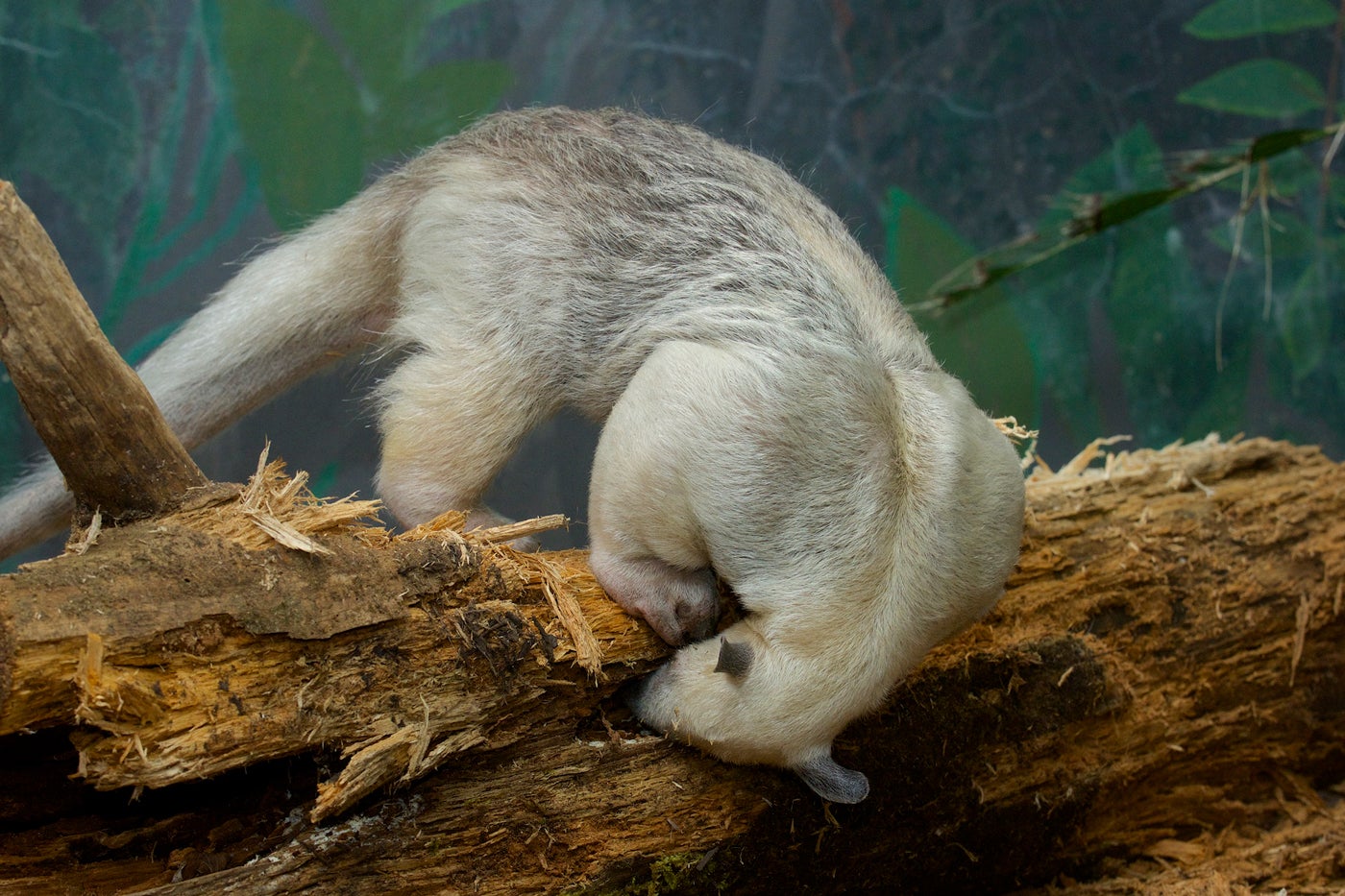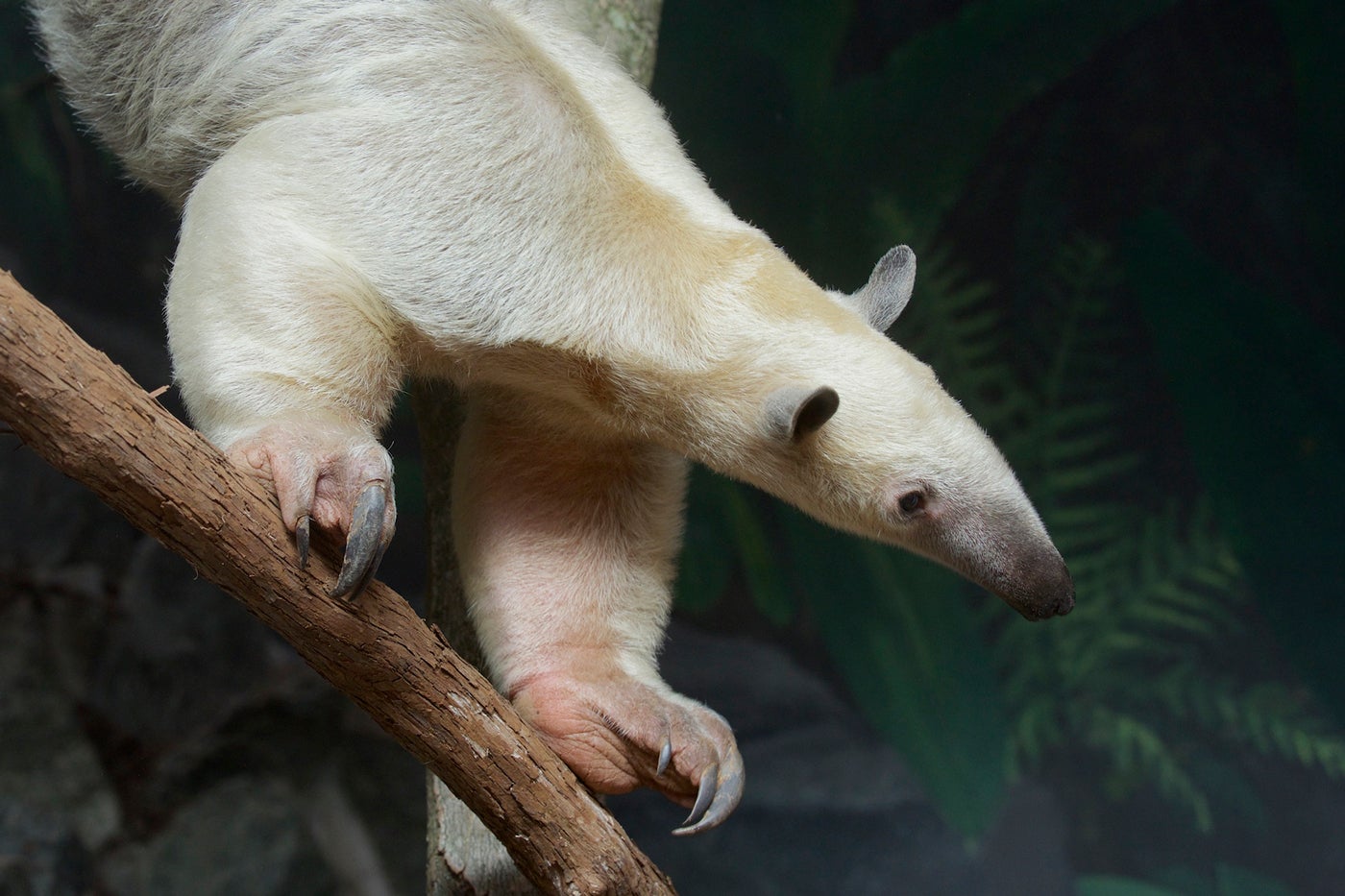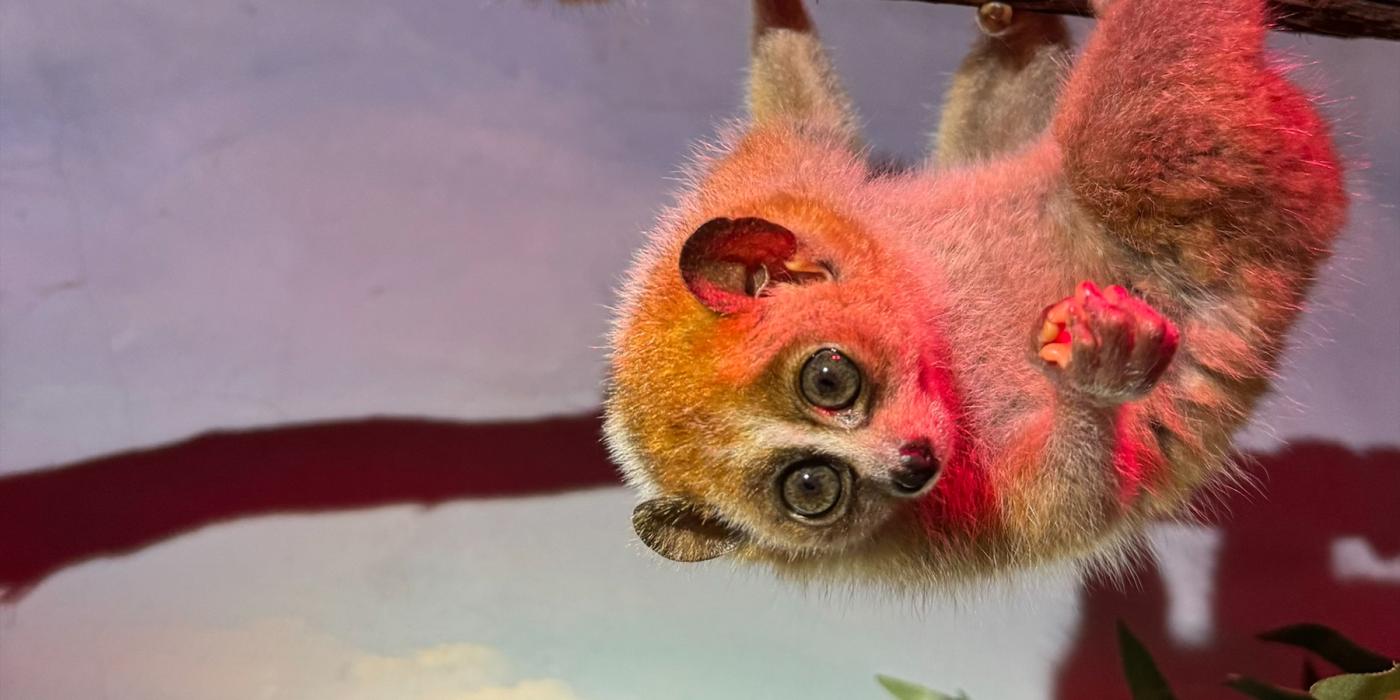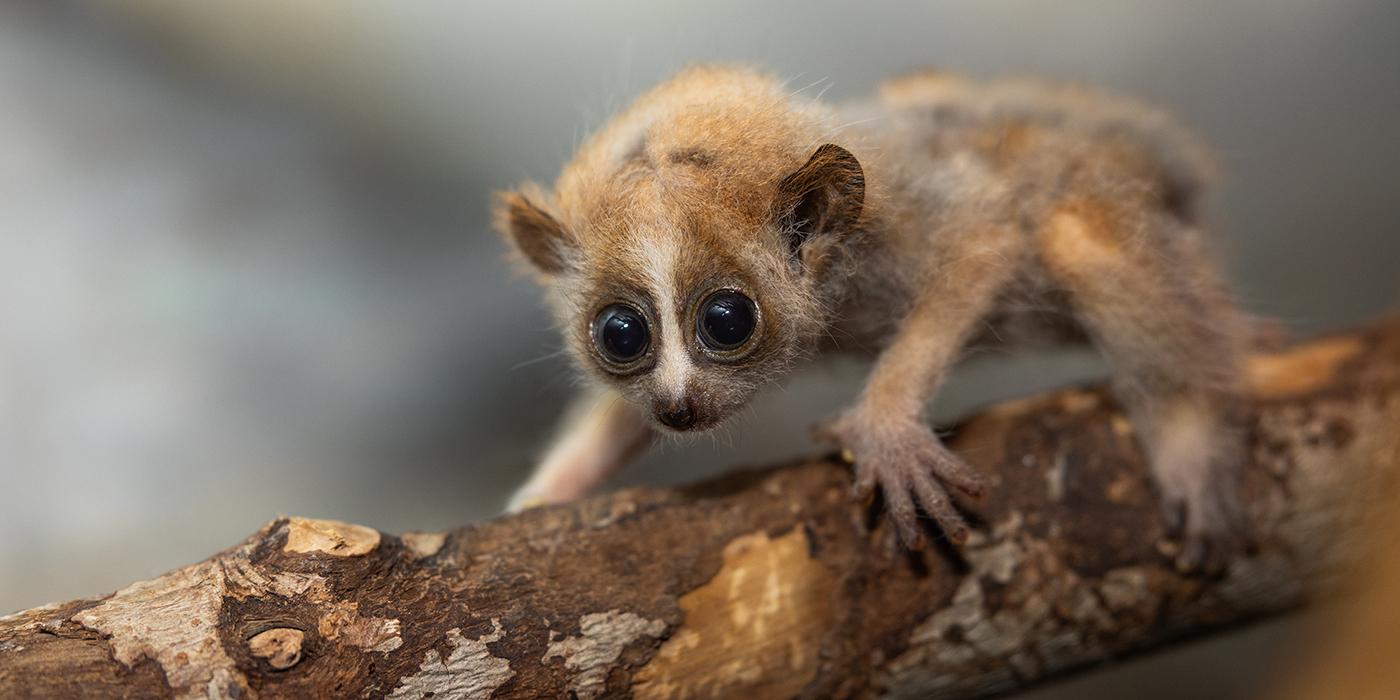How Long Is a Tamandua’s Tongue? And More Tamandua Facts
Nov. 29 is World Anteater Day. Celebrate by getting to know one of the remarkable members of the anteater family: the tamandua!
1. It’s pronounced ‘tuh-man-doo-ah.’
Tamanduas, also called lesser anteaters, are smaller than their giant anteater relatives. They live in a variety of habitats – including tropical forests, scrub grasslands and wetlands – and are often found near streams and rivers. Southern tamanduas (Tamandua tetradactyla) are native to South America, ranging from Venezuela to northern Argentina, while northern tamanduas (Tamandua Mexicana) range from southern Mexico to north-western Peru.
2. Tamanduas have incredibly long, sticky tongues.
A tamandua’s sticky tongue is the perfect bug catcher. At nearly 16 inches long, it can easily scour the narrow tunnels of termite mounds and ant colonies. All anteaters, including tamanduas, belong to the suborder Vermilingua, meaning “worm-tongue.”
3. They can eat about 9,000 insects a day!
Tamanduas tear into logs with their strong claws and use their tongues to slurp up insects. Though they are anteaters, they also chow down on termites, mealworms, bees (and their honey), and even the occasional fruit. Tamanduas’ mouths only open to about the width of a pencil eraser and they have no teeth, so a muscular gizzard in their stomach helps them digest their meals.
4. Tamanduas use their tails to balance on branches.
Tamanduas are arboreal, meaning they spend most of their time in trees. Their prehensile tails can grasp onto branches, helping them maintain balance as they climb high above the ground. The underside of a tamandua’s tail has no fur, which helps it grip branches more securely.

5. Tamanduas do not make good pets.
Tamanduas are amazing animals, but they require specialized care and should never be kept as pets. It is against the law to keep a tamandua without a license in some areas, and tamanduas often die while being illegally transported for the pet trade.
6. They have a smelly defense mechanism.
Tamanduas are hunted by harpy eagles and big cats, such as ocelots and jaguars, but they won’t go down without a fight. How do tamanduas protect themselves? Big claws and muscular forearms help them fend off attacks. They also deter predators by hissing and releasing a stinky odor from their anal glands.
7. They walk on the sides of their paws.
Tamanduas have huge claws that prevent them from walking flat-footed on the ground, so they walk on the sides of their paws instead. Though tamanduas tend to stick to dry land, they have occasionally been known to swim. In 2010, a group of researchers reported a rare sighting of a northern tamandua taking a dip in the Panama Canal.

8. Tamanduas carry their young on their backs.
You may have wondered: are tamanduas marsupials (like koalas and wallabies)? The answer is no. Tamanduas are not marsupials, and they don’t carry their babies in a pouch. A tamandua mom carries her pup on her back for the first few months of its life. Outside of the breeding season, tamanduas are solitary creatures. Pups live with their moms for about a year before venturing off on their own.
During your next visit to the Smithsonian’s National Zoo, stop by Small Mammal House to meet southern tamanduas Chiquita, Cayenne and Manny!
This article appears in the December 2021 issue of National Zoo News.
Related Species:




